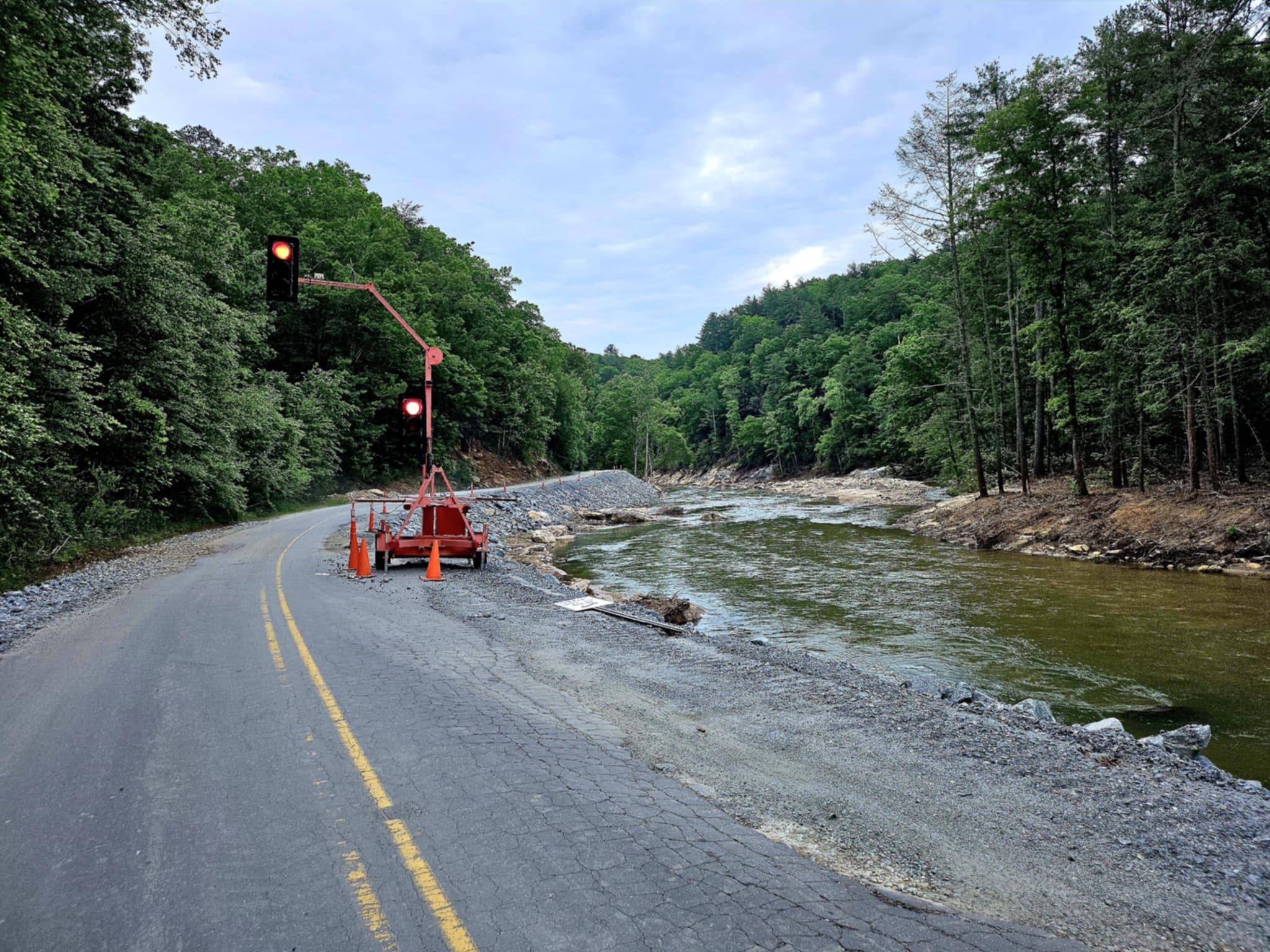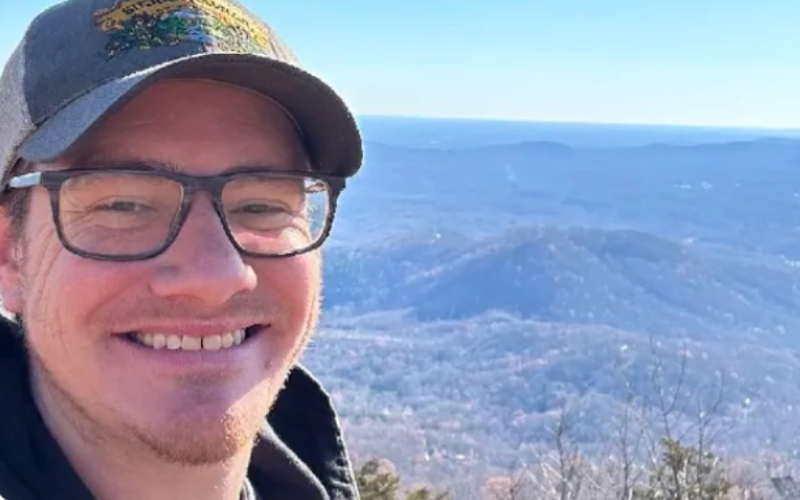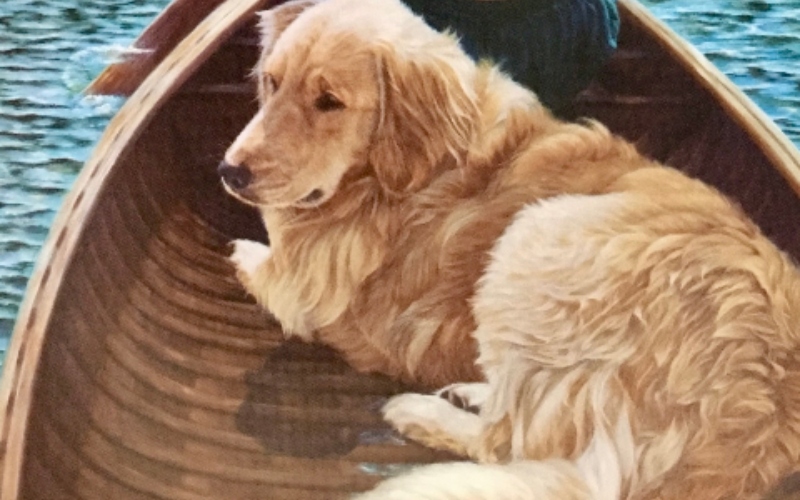Our Rainmaker
Published 2:43 pm Thursday, July 10, 2025

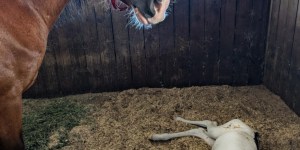
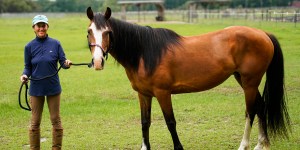
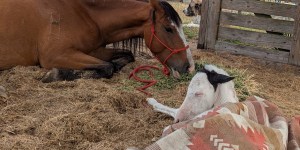
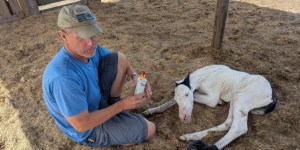
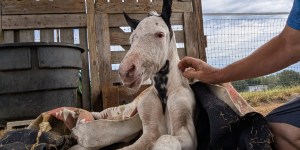
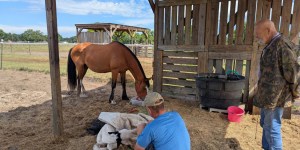
|
Getting your Trinity Audio player ready...
|
SOS—we urgently need a rainmaker! Why, you ask? Because our pastures are bone dry and funds in our coffers are low to support HERD rescue equines.
Native American rainmakers can conjure up rain, bringing relief to parched places where life hangs in the balance depending on enough rain. The steps to these ancestral rain dances are handed down through oral tradition. The Zuni people of New Mexico wear feathered masks, summoning rain to quench the thirsty crops.
Our all-volunteer organization relies solely on donations. We watch and wait for the rain and a rainmaker.
Trending
This year has been challenging for raising money. We have purchased copious amounts of hay to offset the lack of rain. No rain means no grass to graze. HERD also needs an extraordinary person, a powerhouse rainmaker, to help us. An individual who can bring funding, more adoptions, or even intangible prestige to our organization.
In early spring, my mistress Heather Freeman was drawn to a pregnant American Mustang captured on reservation land. She had a crude brand carved into her neck and on her shoulder. She was owned by a Texas horse dealer who sells equines to the public. He sends horses that don’t sell on to slaughter in Mexico. HERD had no funds to help her. Heather and I decided we had to intervene.
Upon her arrival, the Mustang was exceedingly fatigued and so thin. It was hard to believe she was carrying a foal. Her triangular-shaped hips protruded sharply. When she jumped off the horse trailer, she willingly entered her quarantine pasture, collapsing with fatigue. She had endured a long haul. This horse was born wild and free. She possessed gentle eyes.
I suggested we name her Elsa, and Heather agreed it was a good fit.
For a month, Elsa ate enthusiastically. She did not gallop around her field like most newcomers. Instead, she rested in our attentive care. Not a drop of rain had fallen since her arrival. It was difficult to determine when Elsa would deliver her foal. I kept an eye on her. Heather checked her udder daily, which was steadily enlarging, swollen with milk.
“Heather, go quickly to Elsa’s pasture, there is something white on the ground next to her, and I cannot determine what it is from my paddock,” I neighed as grain service began in the early morning hours.
Trending
Volunteer Bill McClelland, Heather’s husband Scott Homstead, and Heather drove quickly out to Elsa’s field. As they got closer, it began to rain, a cold, steady rain. There on the ground lay a snow-white foal with black ears. It was a medicine hat filly. A patch of black also ran down her back, and a black feathery pattern was under the neck and around the tail.
Medicine hat horses are rare. They supposedly also have special supernatural protection powers, according to Indigenous people. Technically, a medicine hat horse is a pinto horse, characterized by alternations of white and dark markings on the coat. However, their dark spots are sparse and generally found on the head and ears. It is believed that anyone riding a medicine hat is shielded from harm. If both eyes are blue, like our Rainmaker, the horse is said to be even more powerful. Medicine hats were often ridden by the so-called medicine men – the healers of the tribes.
What was alarming was that our new foal’s head was still covered in the birth sack with only her nostrils uncovered to breathe. This rather large baby was visibly shaking in the rain. Scott leaped from the Kubota to run into the pasture and assist the foal. Elsa stood about five feet from the baby, protective but not engaged. Scott carefully picked up the foal and carried her into the nearby covered shed, positioning her out of the rain. He rubbed the foal and sent Heather and Bill back to the barn to bring warm blankets and to call the veterinarian.
Elsa seemed accepting of the help. Scott lifted the foal to encourage her to stand and nurse. She had blue eyes and very pink skin. Heather returned with blankets and exclaimed, “Pebbles wants us to name her Rainmaker, as her birth brought us magical rain after a month of no relief.”
Despite Scott’s repeated efforts, Rainmaker could not support herself standing and collapsed. Still unable to nurse, we attempted to give her a foal formula with colostrum. We brought both Elsa and the newborn foal into the main barn. Elsa seemed puzzled by the situation. She was not attentive to her baby. Instead, she watched us feed Rainmaker while she ate hay. It was as if she knew something was wrong with her newborn daughter. The vet surmised that it had been a long and difficult birthing. Something was internally wrong with this foal.
It turned out that Rainmaker had Overo Lethal White Syndrome, a genetic mutation that appears in horses with white markings. A foal must obtain two copies of the mutated gene to have this disease. These foals are born alive with blue eyes, pink skin, and a white coat. They can have small black markings on their head, mane, or tail. At birth, the foals appear normal except for their unique coloring. Foals with OLWS usually die within a few hours or days because of damage to the intestines or a buildup of toxic waste materials in the blood.
Elsa is a pinto. She was likely impregnated by a pinto stallion. Both horses were carriers of the mutated gene. Poor Rainmaker never had a chance. The disease is fatal. No treatment is available. She died that evening quietly in the stall with her mother. The gift she brought us was rain, and it has been raining consistently since her departure.
She lives on in the downpours, bringing relief to the ranch. Now, we wait for another type of Rainmaker to appear and make hay for us while the sun is shining.









